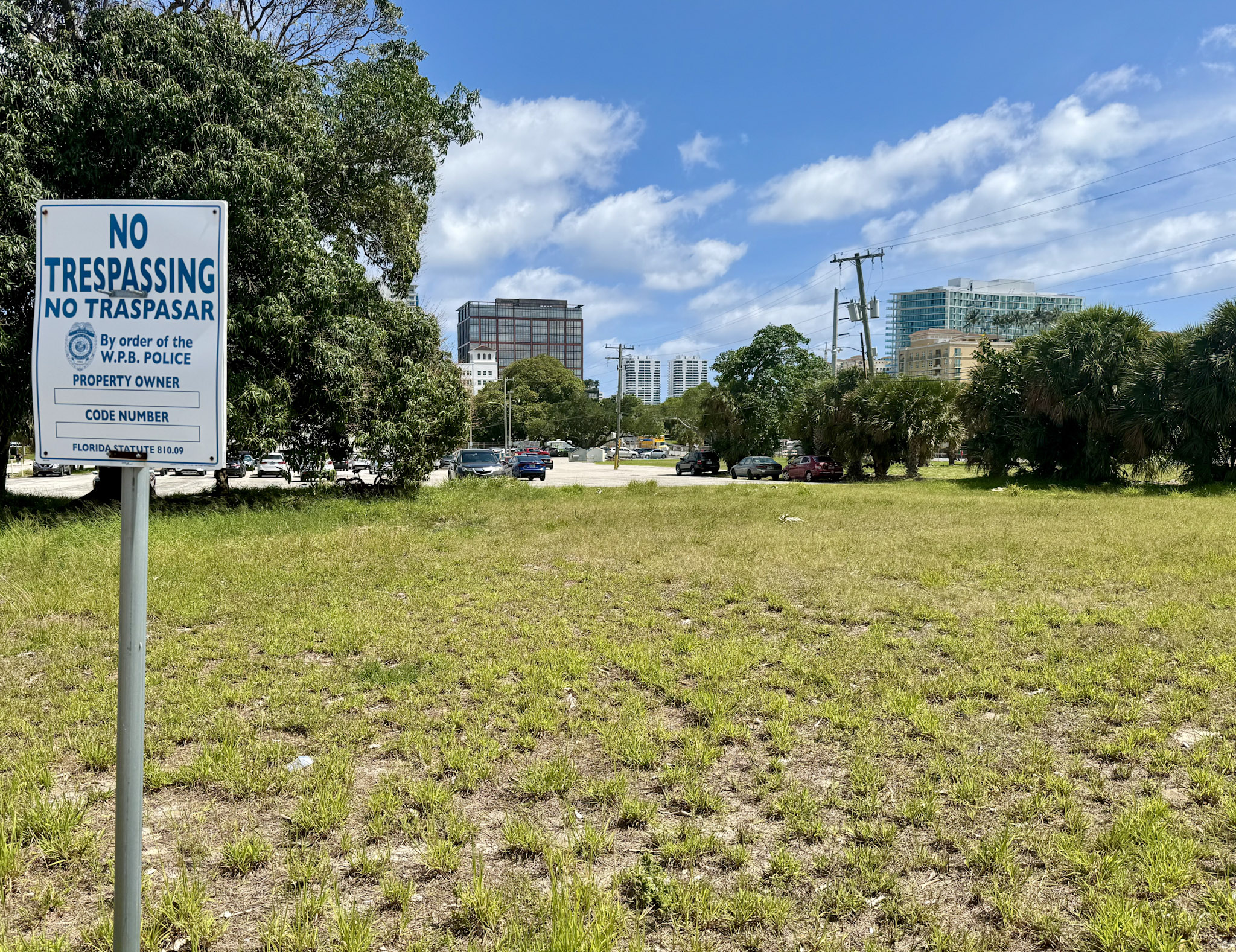Executive Summary: Corporate Governance, Shareholder Rights, and Sustainable Institutions
A recent decision by the investment firm Andreessen Horowitz to reincorporate its primary asset management subsidiary outside of Delaware has ignited a significant debate on corporate governance. This move challenges the established legal frameworks that protect shareholder rights, bringing to the forefront a critical tension between founder autonomy and corporate accountability. This report analyzes the situation through the lens of the United Nations Sustainable Development Goals (SDGs), particularly SDG 16, which calls for the development of effective, accountable, and transparent institutions.
The Delaware Model and its Alignment with SDG 16
Delaware’s Established Framework for Corporate Accountability
For decades, Delaware has been the premier jurisdiction for corporate incorporation in the United States, largely due to its sophisticated and predictable legal system. This system is instrumental in advancing the principles of SDG 16 (Peace, Justice and Strong Institutions).
- Upholding Target 16.6: By fostering effective, accountable, and transparent institutions, Delaware’s courts ensure that corporate boards are answerable for their actions. Its attentiveness to the rights of minority investors serves as a crucial check on corporate power.
- Promoting Target 16.3: The state’s legal infrastructure promotes the rule of law by providing a reliable forum for resolving corporate disputes, such as the recent court rejection of Tesla’s $56bn executive pay package and the upcoming case concerning Meta Platforms’ data privacy failures.
Criticism and Departure: A Challenge to Institutional Strength
Andreessen Horowitz, co-founded by Marc Andreessen, has articulated a view that Delaware’s system is becoming a hindrance to innovation and growth, citing several concerns:
- Perceived bias against technology start-up founders and their boards.
- The high cost and time-consuming nature of litigation, even when a company is ultimately successful in its defense.
- A belief that recent amendments to Delaware’s laws to limit shareholder lawsuits are insufficient.
This perspective represents a direct challenge to the mechanisms that support SDG 16, framing accountability as a burden rather than a cornerstone of sustainable corporate practice.
The Search for Alternatives and Implications for Sustainable Development
The Move to “Director-Friendly” Jurisdictions
In seeking an alternative to Delaware, Andreessen Horowitz has highlighted Nevada, a state known for a legal environment that offers greater protection to corporate directors.
- Nevada’s Legal Stance: The state has a reputation for insulating directors from liability and creating higher barriers for shareholders seeking to file lawsuits or advocate for change.
- Texas as an Alternative: Texas has also made efforts to create a more company-friendly legal system to attract incorporations.
A corporate migration to such jurisdictions could weaken the institutional accountability central to SDG 16, potentially leading to governance structures that are less transparent and less accountable to all stakeholders.
Broader Impacts on Sustainable Development Goals
The debate over corporate governance has far-reaching implications beyond legal jurisdictions, affecting multiple SDGs:
- SDG 8 (Decent Work and Economic Growth): While proponents argue that less regulation fosters innovation and economic growth, strong governance is widely seen as essential for creating stable, sustainable, and inclusive economic development that avoids misconduct.
- SDG 12 (Responsible Consumption and Production): Effective governance and board accountability are critical for ensuring corporations act responsibly. The Meta data privacy case, where Mr. Andreessen is a director, exemplifies how governance failures can lead to negative societal impacts that contravene the principles of corporate responsibility.
- SDG 17 (Partnerships for the Goals): The relationship between corporations, investors, and regulatory bodies is a multi-stakeholder partnership. Weakening the rights of one partner (minority shareholders) in favor of another (boards/founders) undermines the trust and transparency needed for these partnerships to contribute effectively to sustainable development.
Conclusion: A Test of Governance Models and Sustainable Valuation
The Unfolding Experiment
The actions of influential tech leaders like Marc Andreessen and Elon Musk are creating a real-world test of the long-debated question of how corporate governance standards impact a company’s valuation and long-term sustainability. While major institutional investors have remained largely silent, their position as minority shareholders is directly affected by this shift.
Outlook for Accountable Institutions
The decision by Andreessen Horowitz to champion jurisdictions like Nevada may encourage other start-ups to follow, potentially eroding the strong institutional frameworks for accountability built in Delaware. This trend runs counter to the global push for enhanced corporate responsibility and the achievement of SDG 16. The outcome of this movement will provide critical insight into whether markets will ultimately reward robust, transparent governance or prioritize founder control at the potential expense of broader stakeholder rights and sustainable practices.
Analysis of Sustainable Development Goals in the Article
1. Which SDGs are addressed or connected to the issues highlighted in the article?
The article primarily addresses issues related to SDG 16: Peace, Justice and Strong Institutions. It also touches upon aspects of SDG 8: Decent Work and Economic Growth and SDG 10: Reduced Inequalities.
- SDG 16 (Peace, Justice and Strong Institutions): This is the most relevant goal. The article’s core theme is the role of legal systems (specifically Delaware’s courts) in corporate governance, upholding the rule of law in business, ensuring accountability of corporate boards, and providing access to justice for shareholders. The debate over whether Delaware’s system is fair or a “nuisance” directly relates to the effectiveness and accountability of legal and corporate institutions.
- SDG 8 (Decent Work and Economic Growth): The article discusses the legal environment for major corporations and tech start-ups. A predictable and fair legal framework for corporate governance is a fundamental policy that supports entrepreneurship, investment, and the stable functioning of companies, which are engines of economic growth. The choice of where to incorporate (Delaware vs. Nevada) is presented as a significant decision impacting business operations.
- SDG 10 (Reduced Inequalities): The article highlights the conflict between powerful corporate founders/boards (like Elon Musk and Marc Andreessen) and the rights of “minority investors.” Delaware’s legal system is portrayed as a mechanism to reduce this inequality by protecting the interests of smaller shareholders against potentially overreaching corporate insiders.
2. What specific targets under those SDGs can be identified based on the article’s content?
Based on the article’s discussion, the following specific SDG targets can be identified:
- Target 16.3: Promote the rule of law at the national and international levels and ensure equal access to justice for all.
- The article focuses on Delaware’s “technocratic approach to corporate law” and its court system as a mechanism for enforcing rules. The lawsuits mentioned, such as the one concerning Tesla’s pay package and the upcoming case against Meta, are direct examples of shareholders seeking access to justice to hold corporate boards accountable.
- Target 16.6: Develop effective, accountable and transparent institutions at all levels.
- The entire piece is a commentary on the effectiveness and accountability of institutions. Delaware’s court system is described as an “effective way to police misconduct and set corporate governance standards.” This is contrasted with Nevada’s legal environment, which is characterized as “insulating directors from liability,” suggesting it is a less accountable institutional framework from a shareholder’s perspective.
- Target 10.3: Ensure equal opportunity and reduce inequalities of outcome… by promoting appropriate legislation, policies and action in this regard.
- The article points to Delaware’s legal framework as a policy that protects “the rights of minority investors.” This legal attentiveness is a direct action aimed at reducing the inequality of power and outcome between minority shareholders and controlling entities like founders and boards of directors.
3. Are there any indicators mentioned or implied in the article that can be used to measure progress towards the identified targets?
Yes, the article mentions or implies several indicators that can be used to measure progress:
- Existence and nature of shareholder lawsuits: The article explicitly mentions “messy court fights, such as that over Tesla’s $56bn pay package for Elon Musk” and the case against Meta’s board regarding data privacy. The ability for shareholders to bring such litigation serves as an indicator of access to justice (Target 16.3).
- Legal provisions for director liability: The article contrasts different legal systems by their approach to accountability. It notes that Nevada has a “reputation for insulating directors from liability,” while Delaware’s system allows for challenges that hold boards accountable. The level of legal liability for directors is a clear indicator of institutional accountability (Target 16.6).
- Strength of minority investor protections: The article centers on Delaware’s “attentiveness towards the rights of minority investors” as a key feature of its legal system. The strength and enforcement of these rights are an indicator for measuring the reduction of inequalities within corporate structures (Target 10.3).
- Corporate governance standards: The article states that litigation in Delaware helps to “set corporate governance standards.” The existence, content, and enforcement of these standards are measurable indicators of the effectiveness of institutions (Target 16.6).
- Corporate incorporation choices: The decision by Andreessen Horowitz to move its incorporation out of Delaware and the speculation about whether other start-ups will follow is an implied indicator. The flow of company incorporations between jurisdictions (e.g., Delaware vs. Nevada) can reflect corporate perceptions of the strength and favorability of legal and accountability frameworks (Target 16.6).
4. Table of SDGs, Targets, and Indicators
| SDGs | Targets | Indicators Identified in the Article |
|---|---|---|
| SDG 16: Peace, Justice and Strong Institutions | 16.3: Promote the rule of law and ensure equal access to justice for all. |
|
| SDG 16: Peace, Justice and Strong Institutions | 16.6: Develop effective, accountable and transparent institutions at all levels. |
|
| SDG 10: Reduced Inequalities | 10.3: Ensure equal opportunity and reduce inequalities of outcome. |
|
Source: ft.com







